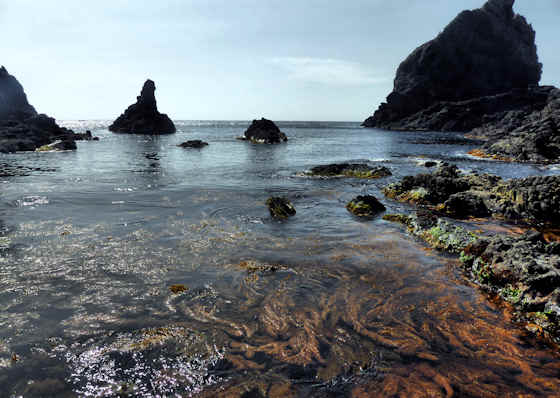Showing posts with label nishinoshima. Show all posts
Showing posts with label nishinoshima. Show all posts
Saturday, March 23, 2024
Nishinoshima Seashore Snapshots
Labels:
global geopark,
nishinoshima,
oki
Tuesday, January 23, 2024
Matengai Cliff
Labels:
global geopark,
nishinoshima,
oki
Thursday, November 16, 2023
Exploring the Kuniga Coast
I am putting up new posts covering all parts of Western Japan on an almost daily basis so if you would like to be sure of not missing anything please subscribe by leaving your email address in the comments below. It will not be made public.
Labels:
global geopark,
nishinoshima,
oki
Thursday, September 21, 2023
Kuniga Coast
The Kuniga Coast is a picturesque piece of coastline on Nishinoshima Island in the Oki Island group in the Sea of Japan off of Shimane.
The Kuniga coast includes cliffs, rock spires and formations, and the Tsutenkyo Arch.
The previous post in this series on the Oki Islands was on the horses and cattle roaming free across the island.
Labels:
global geopark,
nishinoshima,
oki
Sunday, July 16, 2023
Oki Islands Horses & Cattle
Labels:
cow,
horse,
kuniga,
nishinoshima,
oki
Thursday, May 4, 2023
Yurahime "Squid" Shrine Oki Islands
Subscribe to:
Posts (Atom)





























































